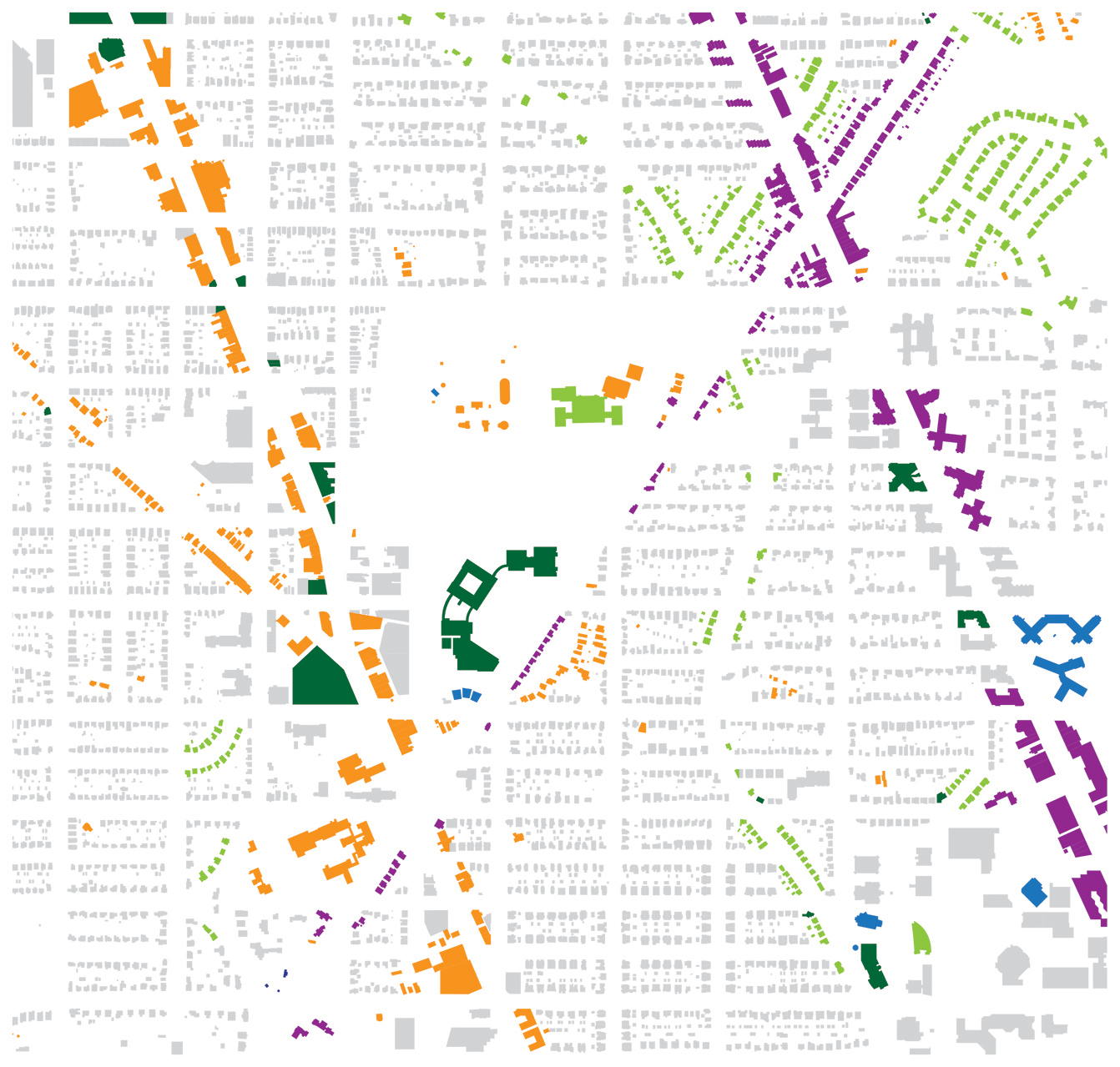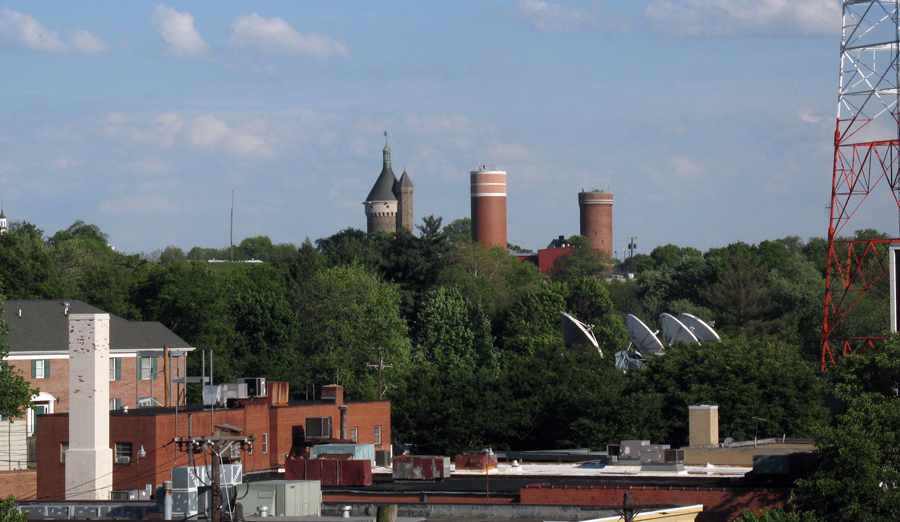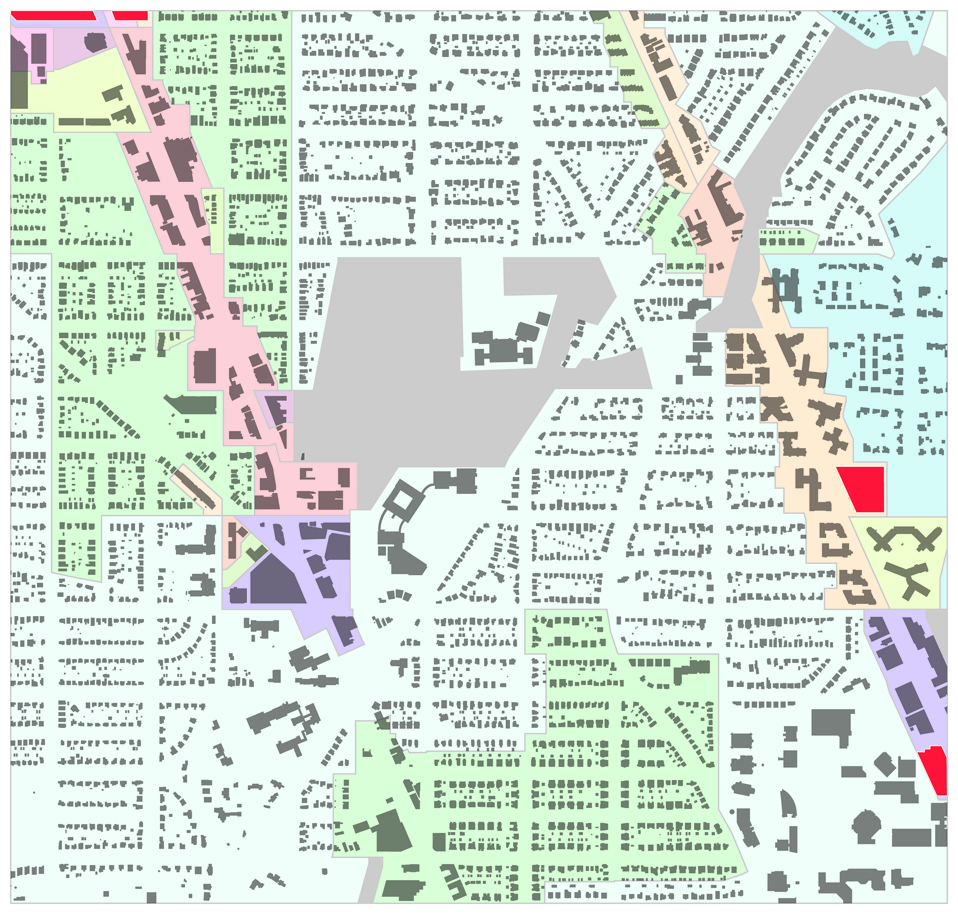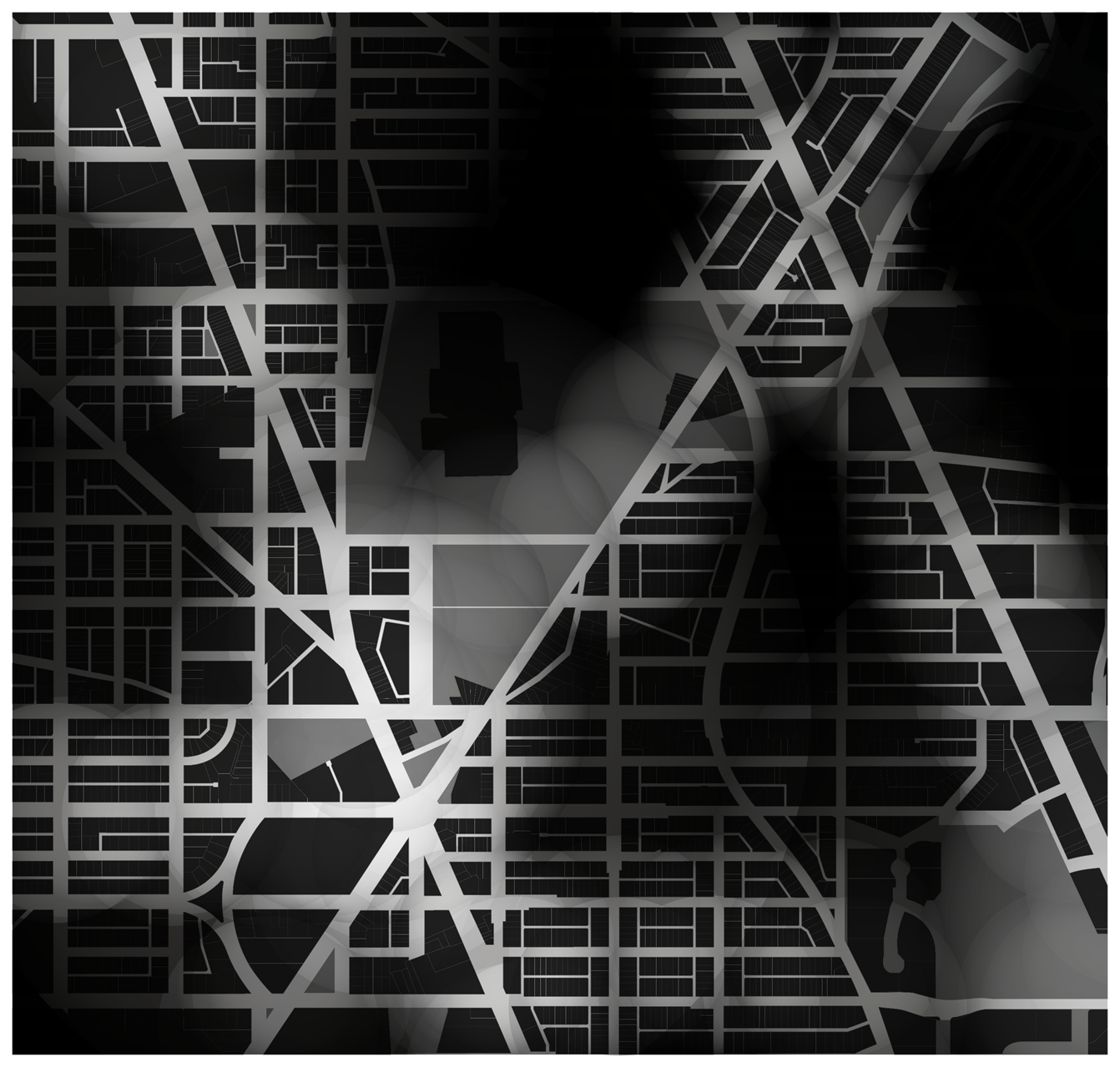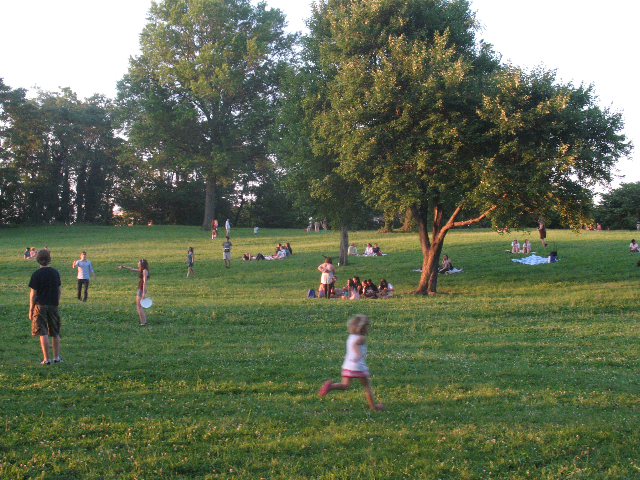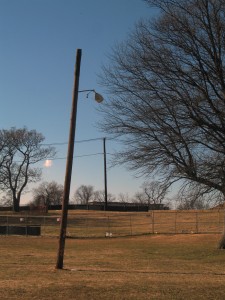I’ve been visiting the Historical Society of Washington and the Washingtoniana collection at MLK library. While I make more sense of my research, here is a pile of interesting things about Upper Northwest:
Famous people have been through the area. Oliver Wendell Holmes was stationed at Fort Reno and referred to the area as “Ten Alley Town.” Dolley Madison watched DC burn from Tenleytown and may have overnighted here. Edward Braddock and George Washington passed through in 1755 on their way to Fort Cumberland, and further east, military failure.
Wisconsin Avenue, from Georgetown to Tenleytown, has been a city street since 1809. But most of the streets were planned after 1897. Some of these schemes were grandiose. For example, in 1901, the city considered tunneling Rock Creek from Adams Morgan to the C&O Canal and building a “parkway” on top. One of the other tunneling proposals put Foundry Branch in a pipe and ran a road to be named Arizona Ave on top of it.
Idaho Ave was supposed to be a much grander thoroughfare before the 1960s, when they gave up on it. It would have intersected Connecticut at Yuma Street. There was supposed to be a circle at Idaho and Reno, north of Tilden. Most shamefully, they dropped a plan to build Hamilton Circle at Idaho and Mass Aves.
Fort Reno Park should have been more developed than it is now. In addition to a Fort Circle plan, the McMillan Commission planned for another parkway up Soapstone Valley and over to Dalecarlia. Until the 30s, Military Road was called Keokuk St. and Grant Road was called Military Road. There was also a Xenia St.
Much weirder stuff below the fold.
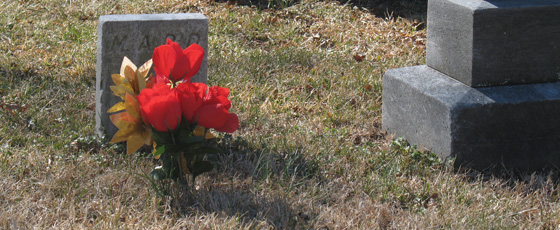
Continue reading ➞ The Gizorans of Washington and Other Miscellany
